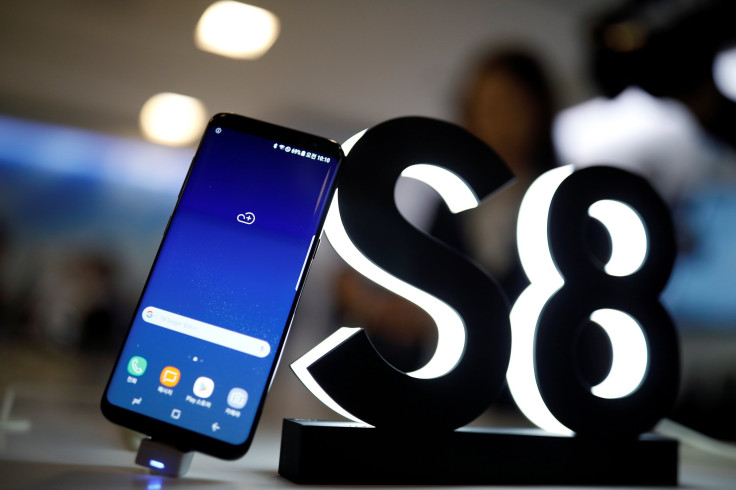Smartphone Trend 2018 : Bezel-Less Displays On Mid-Range Devices

Bezel-less display on smartphones was the reigning trend of 2017 — the Samsung Galaxy S8 and Note 8, Google Pixel 2 and Apple iPhone X all have one.
While the feature was limited to high-end devices with premium pricing this year, the trend is expected to trickle down to more affordable mid-range smartphones in 2018.
To start things off, Samsung confirmed Friday that one of its mid-range phones for 2018 — the Galaxy A5 — will have an Infinity display, just like the one on the Galaxy S8. Infinity displays are true bezel-less displays and have an 18.5:9 display aspect ratio.
While the announcement is specific to the A5, it is safe to assume that its sibling — the A7 — which is priced slightly higher will also have the feature.
This year, mid-range smartphones had to settle for displays with big bezels and 16:9 display aspect ratio. However, consumers can be hopeful that such displays will be available on more affordable smartphones soon.
The arrival of the feature on lower-end devices also entails that the home button will soon be rendered obsolete since the device’s front will be covered mostly by the display. Devices with fingerprint sensors at the front are expected to have one at the back instead.
But, how will smartphone makers such as Samsung reconcile with the cost component of such displays, usually prohibitively expensive? Most mid-range smartphones are not expected to have curved displays like the Samsung Galaxy S8 and Note 8. Instead, they may have a flat display like the iPhone X.
Even though the display will be bezel-less, they might not have high-resolutions such as the leading flagships of 2017. Instead, what you can expect is a bezel-less display with low resolution — the Samsung Galaxy A5 (2018 model) is expected to have a display with a low display resolution.
Apart from Samsung, even LG is making near bezel-less displays. However, these have a display aspect ratio of 18:9, and while they do eliminate the top and bottom bezels, they don’t eliminate the side bezels. Still, users could make use of the increased surface area that such phones will provide to do everyday activities such as watching videos and playing games.
A true bezel-less display is difficult to make, even if we don’t take the costing into consideration. These display panels were the main reason that the Samsung Galaxy S8 was delayed at the start of the year.
Another highly desired feature in mid-range smartphones could be 10nm processors such as the Qualcomm Snapdragon 835; 10nm processors are more performance efficient that regular 14nm processors — they provide more processing power and consume less battery. While devices such as OnePlus 5 already have the processor, it could become a trend for most mid-range smartphones by next year.
© Copyright IBTimes 2025. All rights reserved.




















